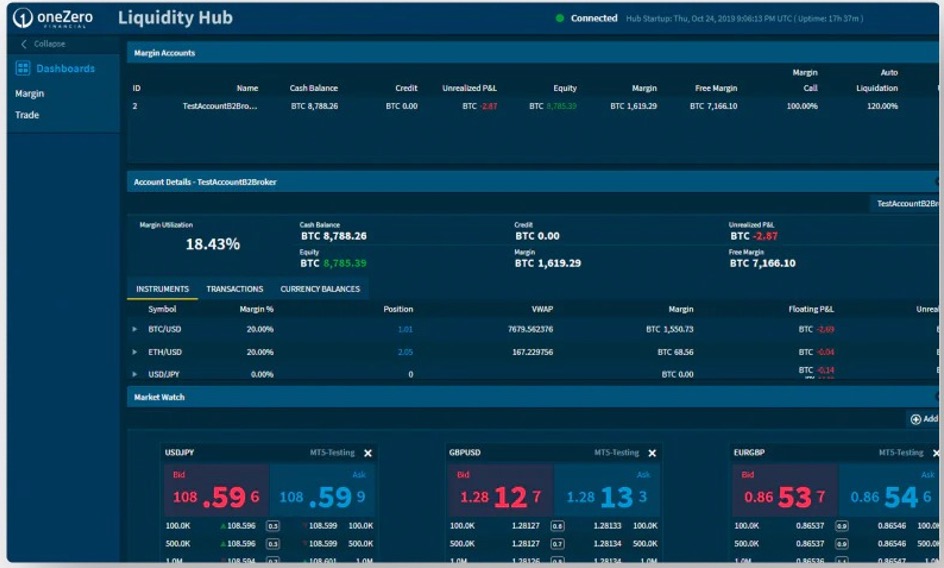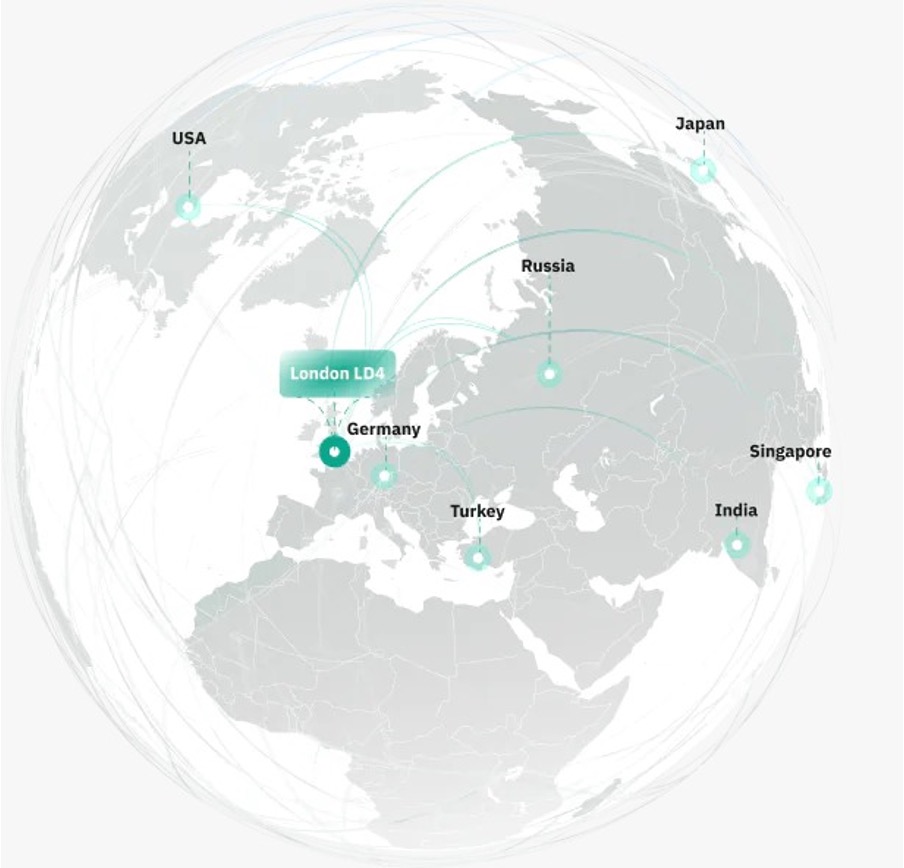Introduction
Forex liquidity is the ability to buy and sell a currency pair without significantly changing the exchange rate. A currency pair is said to have a high level of liquidity when it is easy to buy or sell, and there is a lot of trading activity for that pair. Since liquidity is necessary to make a trade profitable, it’s clear how important it is in forex trading.

More fx liquidity makes it easier and more competitive for people to buy and sell on a financial market. Liquidity must be made available for asset markets to work well, and when it comes to forex trading, this is where the demand for forex liquidity starts and grows.
What Is Liquidity, And Why Is It Important?
In the forex market, liquidity means that a currency pair can be traded (bought or sold) at any time. You are trading in a very liquid market when you trade major currency pairs. But you change based on the liquidity of the financial institutions that can get you into or out of the trade (currency pair) you want. Not every pair of currencies is a liquid one. Different major, minor, and exotic cash pairs tend to have different levels of liquidity (including emerging market currencies).
-
Superior Liquidity
On the forex market, a currency pair with high foreign exchange liquidity can be bought and sold for large amounts without its exchange rate (price level) changing much. For example, major currency pairs like the EUR/USD have high liquidity.
-
Reduced Liquidity
A currency pair with low liquidity in forex can’t be bought or sold in large amounts without causing significant changes in the exchange rate. For example, exotic currency pairs like the PLN/JPY can’t be bought or sold in large quantities without causing substantial changes in the exchange rate.

Who Provides Liquidity to the Forex Market?
So, in FX, what is a liquidity provider? A liquidity provider is a market broker or institution that works at both ends of currency transactions as a professional market maker. Many different market participants add liquidity to the forex market, which makes the forex liquidity volume bigger.
Some examples are central banks, large commercial and investment banks, hedge funds, managers of foreign investments, foreign exchange (Forex) brokers, retail traders, and people with a lot of money. Tier 1 liquidity providers are the top cash providers in the foreign exchange market.
These are the most significant investment banks with large foreign exchange departments. They offer buy/sell quotes for the foreign exchange pairs they trade in and often provide their clients with a wide range of services.
Liquidity Risk Vs Reward
Understanding trade risks are essential because risk and return are almost always proportional in the financial markets. The Swiss Franc crisis of 2015 is an excellent example of liquidity risk in the currency market. The Swiss central bank’s announcement that it would no longer keep the Swiss franc tied to the euro caused the interbank market to crash. Because of this, brokers couldn’t offer CHF liquidity. This significantly affected the balances of retail client accounts for people who trade CHF.
Conclusion
Most traders need a liquid market because it’s hard to manage risk if you’re on the wrong side of a big move in an illiquid market. Retail forex traders must address these forex market liquidity concerns by using “guaranteed stops,” where the broker is compelled to reach your stop price level or reduce their leverage. This should be a part of their analysis routine.
Interesting related article:

